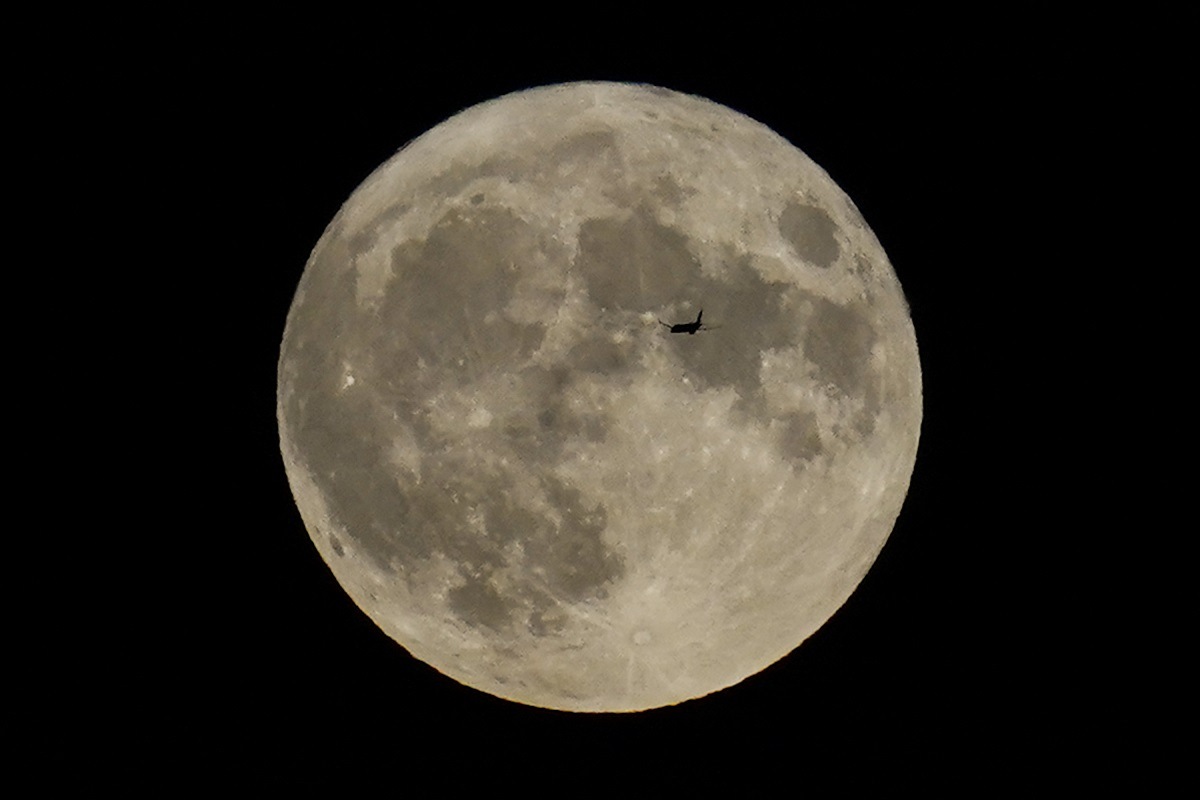)

The moon, our celestial neighbor, continues to reveal its secrets. Recent radar data from NASA's lunar reconnaissance orbiter (LRO) has uncovered the presence of caves beneath the moon's surface [6ae0fe1a]. The Mare Tranquillitatis pit, located about 150 meters below the lunar surface, leads to a cave that is approximately 45 meters wide and up to 80 meters long [6ae0fe1a]. These caves are believed to be empty lava tubes, which could potentially serve as natural shelters for astronauts, protecting them from the moon's harsh environment [6ae0fe1a]. Researchers have found a "possible option" for a lunar base — a cave on the Moon that provides ideal conditions for human exploration. The cave, located in the Mare Tranquillitatis where Apollo 11 landed in 1969, is approximately 100 meters deep and at least 45 meters wide [09afac13]. It has a skylight on the Moon's surface, leading down to vertical and overhanging walls, and a sloping floor that might extend further underground [09afac13]. The cave's mild temperature of 17C and its shield from radiation make it suitable for human habitation [09afac13]. The presence of visible overhangs on the cave's images indicates the presence of the cave itself and shields it from extreme heat during the day and prevents it from radiating away at night [09afac13]. The study identified more than 200 pits on the Moon, 16 of which are likely collapsed lava tubes [09afac13]. The Moon's volcanic activity two to three billion years ago suggests the possibility of a vast system of caves and tunnel-like lava tubes under the surface [09afac13]. Further exploration is needed to find the ideal spot for a lunar base and to potentially discover water, ice, or other resources [09afac13]. The discovery of these caves offers several advantages for future lunar missions. The stable temperature within the caves, along with their natural protection from cosmic rays, solar radiation, and micrometeorites, make them ideal locations for moonbases or emergency shelters [6ae0fe1a]. These caves could provide a safe haven for astronauts, shielding them from the extreme conditions on the lunar surface [6ae0fe1a]. The discovery of these caves adds to the ongoing exploration and research of the moon, providing valuable insights into its geology and potential for future human missions. The moon, with its mysteries and potential for scientific discoveries, continues to captivate scientists and researchers [6ae0fe1a].